As a black American woman who loves to travel, I’ve had my fair share of experiences while on the road.
From stunning vistas to questionable roadside diners, my journeys have been nothing short of exciting.
But one thing that’s never exciting, however, is finding myself in a “sundown town.”
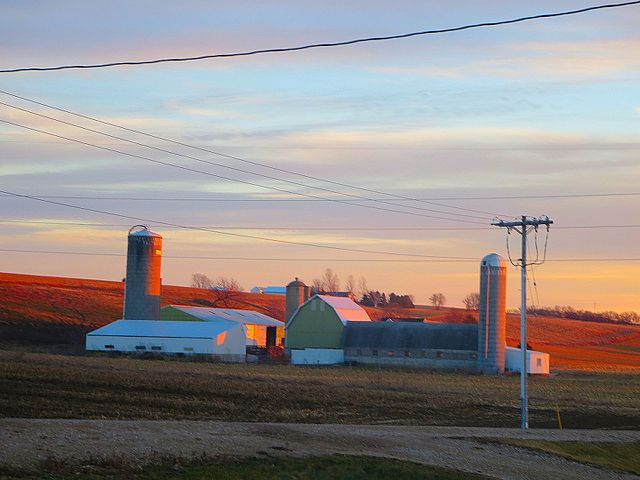

If you haven’t heard of sundown towns before, buckle up, because you’re in for a bumpy ride.
Sundown towns are historically all-white towns that enforced racial segregation and excluded African Americans after sundown.
Yeah, you read that right.
After sunset, black folks weren’t welcome in these towns, and if you were caught, the consequences could be dire. In fact, the name “Sundown Town” came from signs posted at the entrance of these towns warning people of color that they weren’t welcome after dark.
Now, you might be thinking:
“Wait, aren’t those towns a thing of the past?”
“Surely we’ve progressed past that kind of blatant racism, right?”
Well, unfortunately, that’s not entirely true. Sundown towns may not be as prevalent as they were in the past, but they still exist.
And as a black traveler, it’s important to know which towns to avoid to ensure your safety and well-being.
In this article, I’ll give you the lowdown on sundown towns in the US, their history, and the potential dangers of traveling through them. I’ll also share some tips for avoiding these towns altogether.
So, fasten your seatbelts and get ready for a journey into the dark history of sundown towns.
In this post, you'll find...
History of Sundown Towns
Sundown towns have a long and disturbing history in the United States.
They originated in the late 19th and early 20th centuries, as segregation and discrimination against black people became more entrenched in many parts of the country.
The term “sundown town” refers to the practice of towns and cities prohibiting black people from being present within their city limits after sunset.
These towns would often post signs at their borders warning black people not to be present after dark.
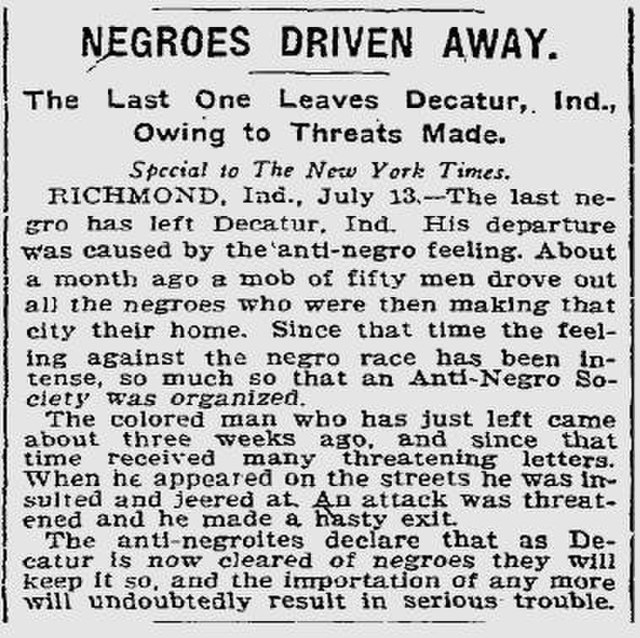



Sundown towns were often created as a means of maintaining white supremacy and preventing black people from settling in certain areas.
Many of these towns were located in the northern states, where segregation was not codified into law but was enforced through social pressure and violence.
The Negro Motorist Greenbook
One resource that was essential for black travelers during the era of sundown towns was the “Negro Motorist Green Book.”
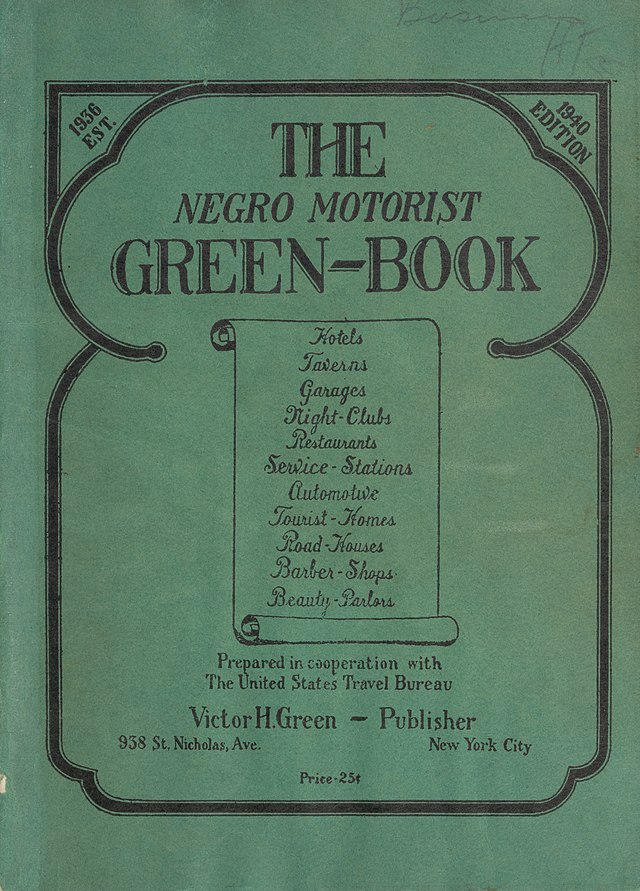



This was a guidebook that was first published in 1936 and provided information on businesses that were friendly to black travelers, such as hotels, restaurants, and gas stations.
This guide book appeared yearly between 1936 and 1966, with updated editions being released each year.
The Green Book was created by Victor Hugo Green, a postal worker from Harlem, who was inspired by his own experiences of being turned away from hotels and restaurants while on road trips.
The Green Book was a lifeline for black travelers who faced discrimination and danger while on the road. It helped them navigate through unfamiliar towns and find safe places to eat, sleep, and fill up their gas tanks.
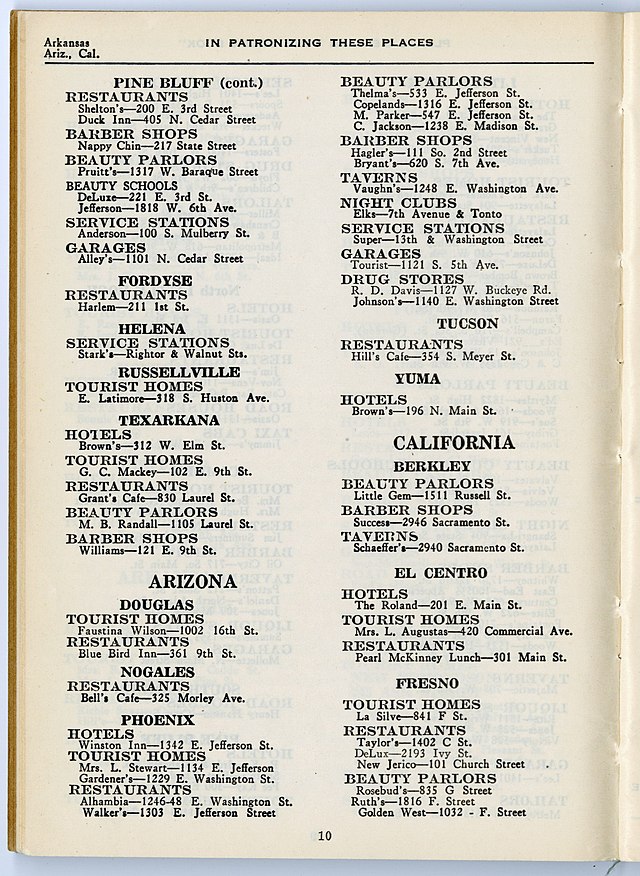



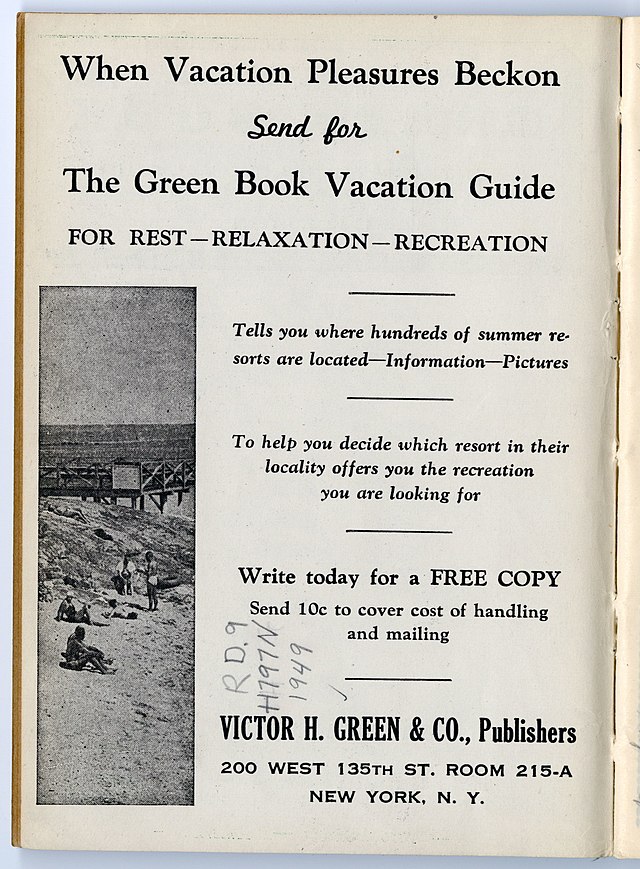



The guidebook became hugely popular and was widely used by black travelers until the Civil Rights Act of 1964 outlawed discrimination based on race, effectively ending the need for the Green Book.
The significance of the Green Book cannot be overstated – it provided a valuable resource for black travelers who were otherwise at risk of being stranded or subjected to violence in sundown towns.
It also highlighted the resilience and ingenuity of the black community in the face of systemic racism and discrimination.
The decline of sundown towns
The decline of sundown towns can be attributed to legal and social changes that took place during the Civil Rights Movement of the 1960s.
The Civil Rights Act of 1964 and the Fair Housing Act of 1968 outlawed discrimination based on race, color, religion, sex, or national origin, and made it illegal to prevent someone from renting or buying a home based on their race.
These laws helped to dismantle many of the legal barriers to integration that had existed in the past, and paved the way for greater social and political change.
Despite the progress that has been made, sundown towns still exist today, and black travelers must be aware of the potential dangers of traveling through them.
In the next section, we’ll take a closer look at some of these dangers.
Dangers of Traveling Through Sundown Towns
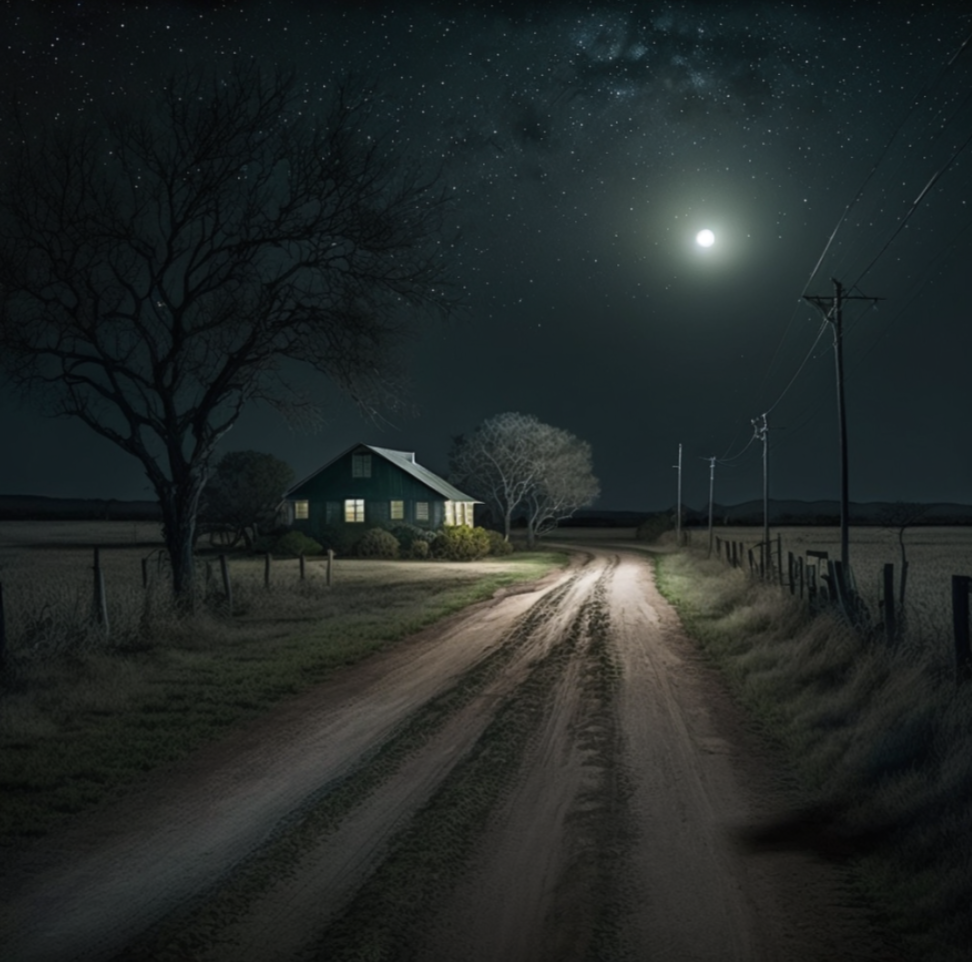



Traveling through a sundown town as a black person can be a frightening and dangerous experience.
Here are some of the potential risks and hazards to be aware of:
Racial Profiling and Harassment by Law Enforcement
In sundown towns, law enforcement may target black travelers for questioning, harassment, or arrest simply because of their race. This can include being pulled over for minor traffic violations or being subjected to unwarranted searches and seizures.
Hostile Treatment by Residents
Black travelers in sundown towns may also face hostile treatment from residents, including verbal abuse, threats, and intimidation. Some towns may even have unofficial “sundown patrols” who monitor the streets after dark to ensure that black people are not present.
Safety Concerns for Black Travelers
Finally, there are concerns about physical safety for black travelers in sundown towns. There have been reports of racially motivated violence, including lynchings and other acts of vigilantism.
In addition, black travelers may be at a disadvantage when it comes to finding safe places to stay, as many hotels and motels in sundown towns may refuse to rent to black people.
All of these factors make traveling through a sundown town a risky proposition for black travelers. However, there are steps that you can take to minimize the risks.
In the next section, we’ll look at some tips for avoiding sundown towns altogether.
Tips for Avoiding Sundown Towns
While the dangers of traveling through a sundown town are real, there are steps that black travelers can take to reduce the risks.
Here are some tips for avoiding sundown towns altogether:
Research the Demographics of Towns Before Traveling
One of the best ways to avoid sundown towns is to research the demographics of towns before you travel. You can use resources like the US Census Bureau and online databases to find out the racial makeup of a particular town.
If the town has a heavy history of racism or segregation, it may be best to avoid it altogether.
Plan Travel Routes in Advance
Planning your travel routes in advance can also help you avoid sundown towns. If you know that a particular town has a history of racism or segregation, you can plan your route to bypass it altogether.
This may mean taking a longer route or making more frequent stops, but it’s worth it to ensure your safety.
Know How to Respond to Discrimination or Harassment
It’s important to know how to respond to discrimination or harassment if it occurs. Usually, I’m a huge advocate of standing up for yourself, but in some cases it may be better to walk away and find a safe place.
If you feel unsafe or threatened while traveling through a sundown town, it may be best to leave as soon as possible.
Where are America’s Sundown Towns?
You may be thinking that overt racism and Sundown Towns must only exist in the Southern states, but that’s not the case.
While racism manifests differently in different parts of the country, it is present everywhere – Sundown Towns can be found in almost every state in the US.
In fact, the majority of America’s Sundown Towns are located in the Midwest.
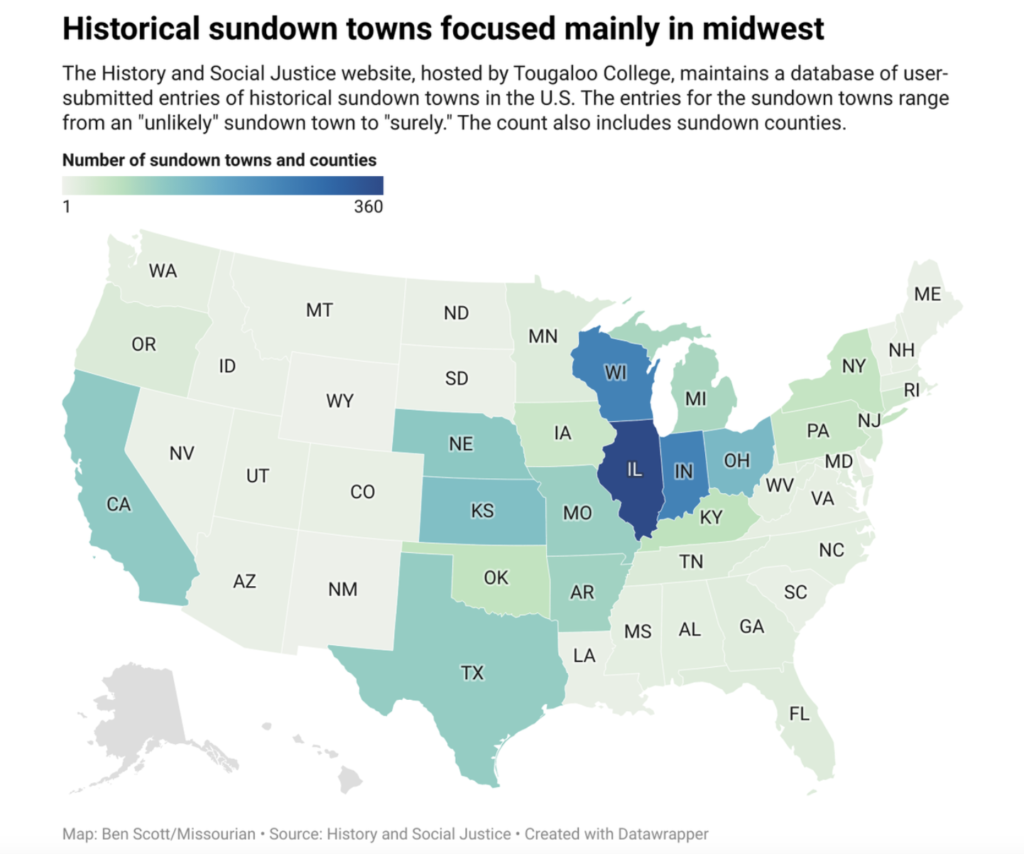



8 Sundown Towns in the U.S. to Avoid as a Black Traveler
Like I said, there are tonnnns of towns that you don’t want to be caught hanging around in after dark. That being said, there are some that are more well-known than others.
The following is a list of some of the most notorious Sundown Towns in the US, so you know which ones to avoid:
1. Forsyth County, Georgia
This county has long been known for its exclusionary policies toward African Americans and other minorities.
In 1912, an African American man named Edward Collins was shot and killed in jail by a mob in Forsyth County, Georgia. In response to this, flyers were circulated by white vigilantes demanding that all black people leave the county.
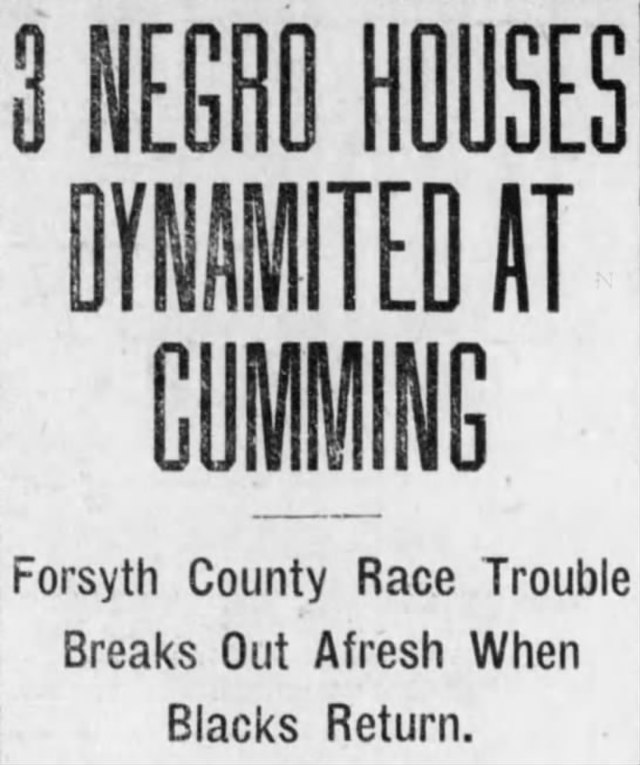



In 1987, civil rights demonstrators, including Atlanta Councilman Hosea Williams, marched in Forsyth County. The KKK harassed them during the march, and only five residents of Forsyth County participated in the demonstration.
2. Grosse Pointe Park, Michigan
This town in the Detroit area was historically known for its strict segregation laws and still maintains a predominantly white population.
The Grosse Pointe area in Michigan was notorious for its point system in the 1940s, which required certain groups deemed undesirable to accumulate more points in order to buy a home.
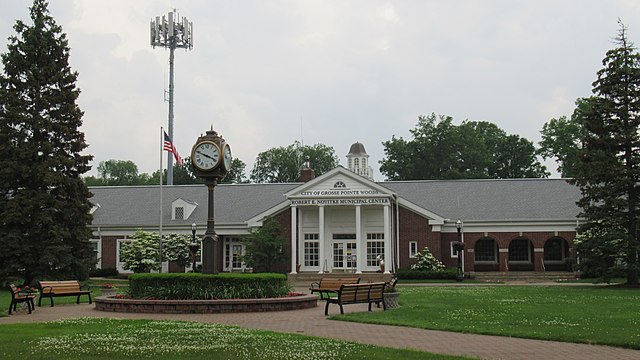



Realtors and the Grosse Pointe Property Owner’s Association would hire private detectives to assess the ethnicity and appearance of prospective buyers.
The first black family to move into the area had to have a white friend purchase a home and then sell it to them. They were met with hostility and eventually left the area along with another black family who had moved in.
In 1983, the Grosse Pointe tennis coach refused to play against a team that included two African American girls from a nearby school. When asked why, the coach said “you have two niggers with you.”
After an argument, the Birmingham team was finally allowed to play – But this incident may have been the first time blacks were allowed to use the Grosse Pointe Tennis Club.
3. Laramie, Wyoming
This small city has been known to have a history of discrimination against African Americans and other minorities.
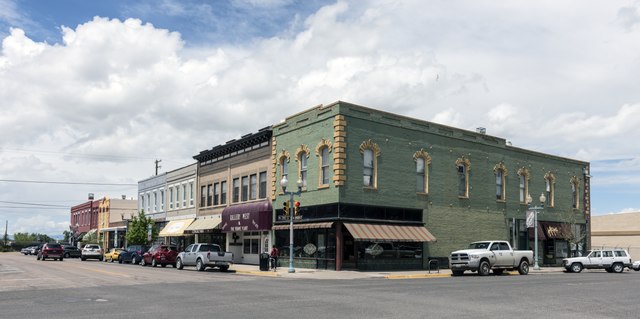



Between 1950 and 1954 at the University of Wyoming, there was a controversy surrounding the recruitment of black athletes. Black athletes were not allowed to stay overnight in Laramie, which raised questions about why they were allowed to stay in the university dorms if they were not even permitted to be in the town.
This issue highlighted the discrimination and segregation that existed in Laramie during that time.
4. Alvin, Texas
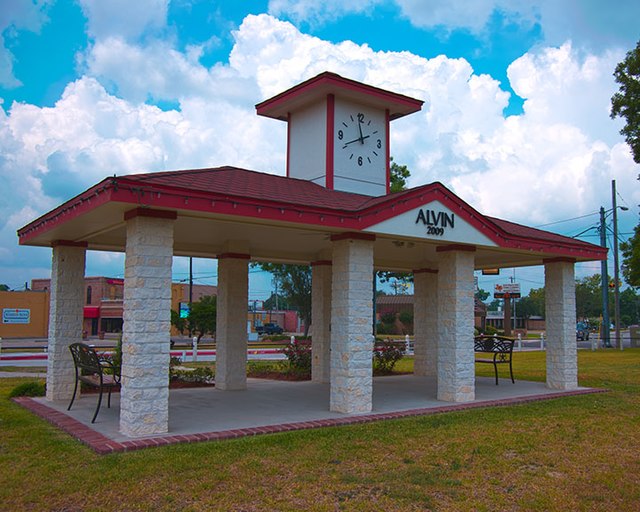



This East Texas town was widely known as a sundown town since it was officially established in 1893. No Black people were allowed to live in the town until 1954.
But even since then, it has maintained a largely white population.
5. Vidor, Texas
This town is notorious for its racist policies and has been known to run African Americans out of town after dark.
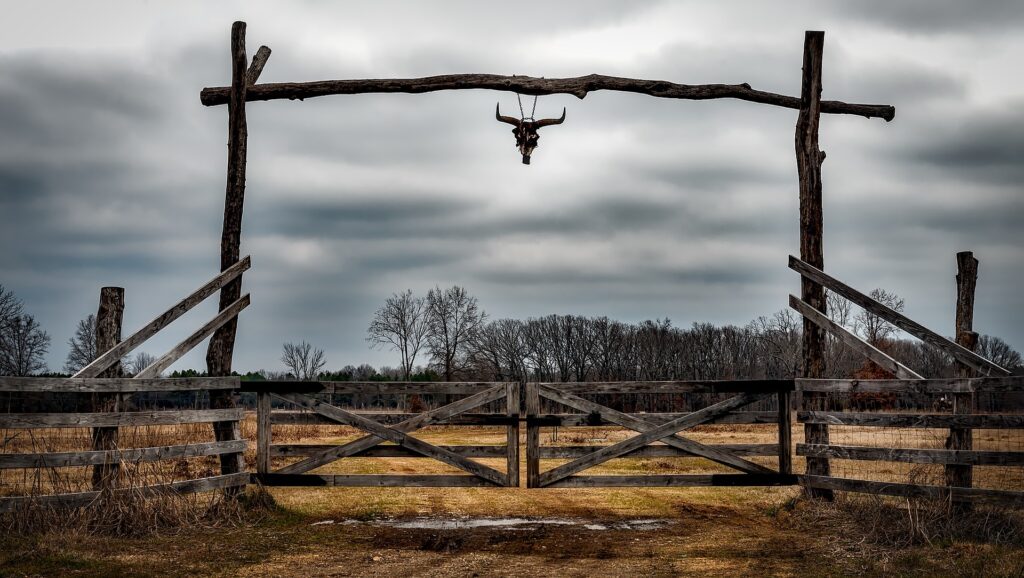



This Texas town was a headquarters for the Ku Klux Klan in the 1990s.
When the federal judge ordered the desegregation of Vidor High School in 1994, many of the town’s white citizens moved out, and the KKK held rallies throughout the town.
Today, the population of Vidor is 98.4 percent white and 0.1 percent Black, according to census data.
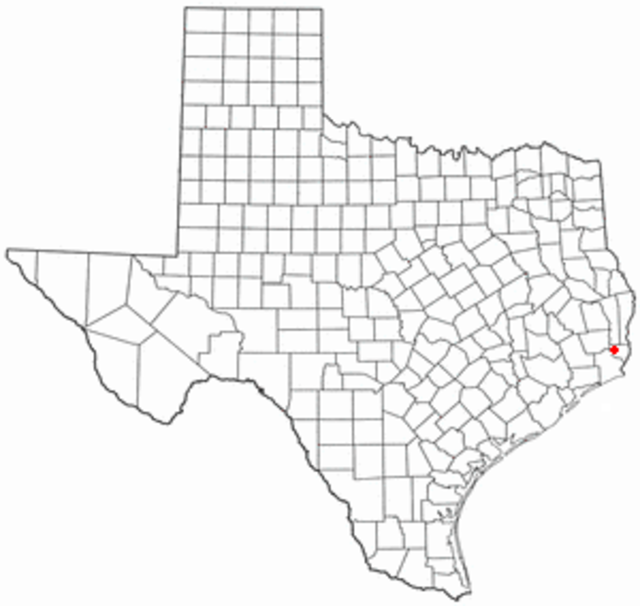



A Black truck driver on TikTok recently told his story about getting stopped in Vidor and being asked to leave after dark. He described the town as a “Sundown Town” and encouraged Black travelers to avoid it at all costs.
6. Hempstead, Texas
The infamous town where Sandra Bland was stopped, Hempstead (and Waller County in general) has a long history of racial discrimination.
Though the town has taken steps to improve race relations, it is still known as a sundown town today.
7. Mountain Home, Arkansas
This small Arkansas city was founded on principles of white supremacy and remains one of the most racist places in America. Arkansas is home to a number of Sundown Towns, and Mountain Home is among the most notorious.
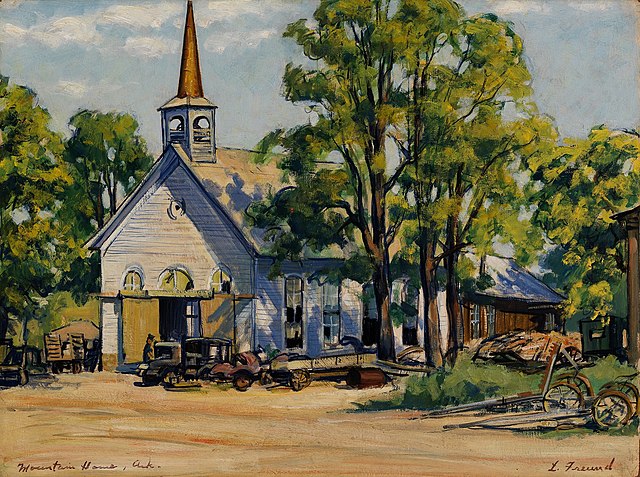



A survey conducted among residents of Mountain Home, found that over half of retirees were influenced by the all-white population when deciding to move there. The “lack of employment opportunities” was cited by 51% of respondents as the reason why there are no black residents in the town.
Some residents expressed concerns about police not protecting black people in predominantly white communities, leaving them vulnerable to mistreatment.
Although several large construction projects in the area have employed black workers, there have been incidents of prejudice and hostility towards them.
One incident was reported where two black workers were forced to cross state lines at night into Missouri to find a place to sleep.
Despite this, some respondents believed that black people may move into the town within the next five years.
8. Arcata, California
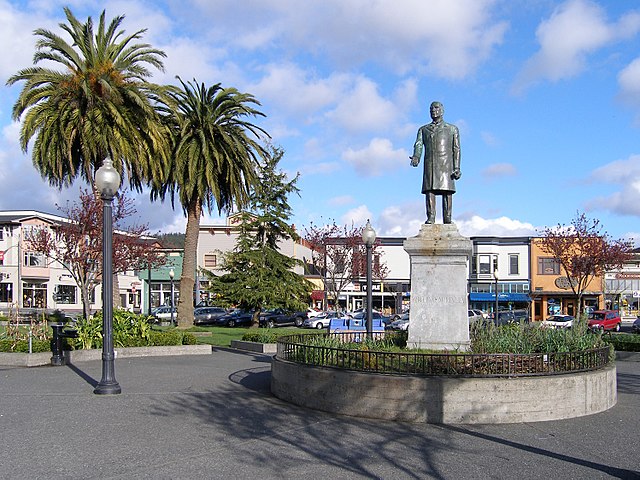



This small Northern California city is notorious for its anti-black policies and has been known to actively discourage African Americans from living there.
Although California is typically seen as being more progressive than other states in the South, Arcata is an exception to this rule.
Though it’s not as overtly racist as it used to be, it is still an area known for racial profiling.
Again, these are just a fraction of some of the Sundown Towns that still exist in the U.S. today.
💡 This interactive map by Tougaloo College will give you an idea of what other towns to avoid in your travels by state.
Final thoughts
Sundown towns are a dark and disturbing part of America’s history.
While many of these towns have been dismantled over the years, some still exist today, and black travelers must be aware of the potential dangers they pose.
If you are a black traveler planning to travel through sundown towns, it’s important to be aware of the dangers and take the necessary steps to protect yourself.
Knowing the risks can help you make informed decisions about where to travel and when, so that you can stay safe while on the road.
By researching towns before traveling, planning travel routes in advance, and knowing your rights as a traveler, you can reduce the risks of encountering discrimination or harassment.
If you follow these tips, you can minimize the risks associated with traveling through sundown towns and ensure your safety while on the road.
However, it’s important to remember that racism is still a problem in many parts of the country, and vigilance and precaution are always necessary when traveling.
Love y’all, and stay safe out there.✨🌻❤️
Hi, I’m Tiana – founder of and author here at Where Tiana Travels. I’m a 20-something with a love for all things travel, photography, and food. I have been living abroad for the past 5 years and solo traveling the globe in my free time. I created this blog to share my travel stories and inspire other women to go out and see the world. Read more about me here!


Jadelin
Saturday 2nd of September 2023
Great piece and so informative! This is very useful information that travelers need to consider, instead of assuming we live in a world where these feelings and occurrences don't exist anymore. I'm not a traveler, but I am a writer and your article was informative and interesting to read. Mahalo nui!